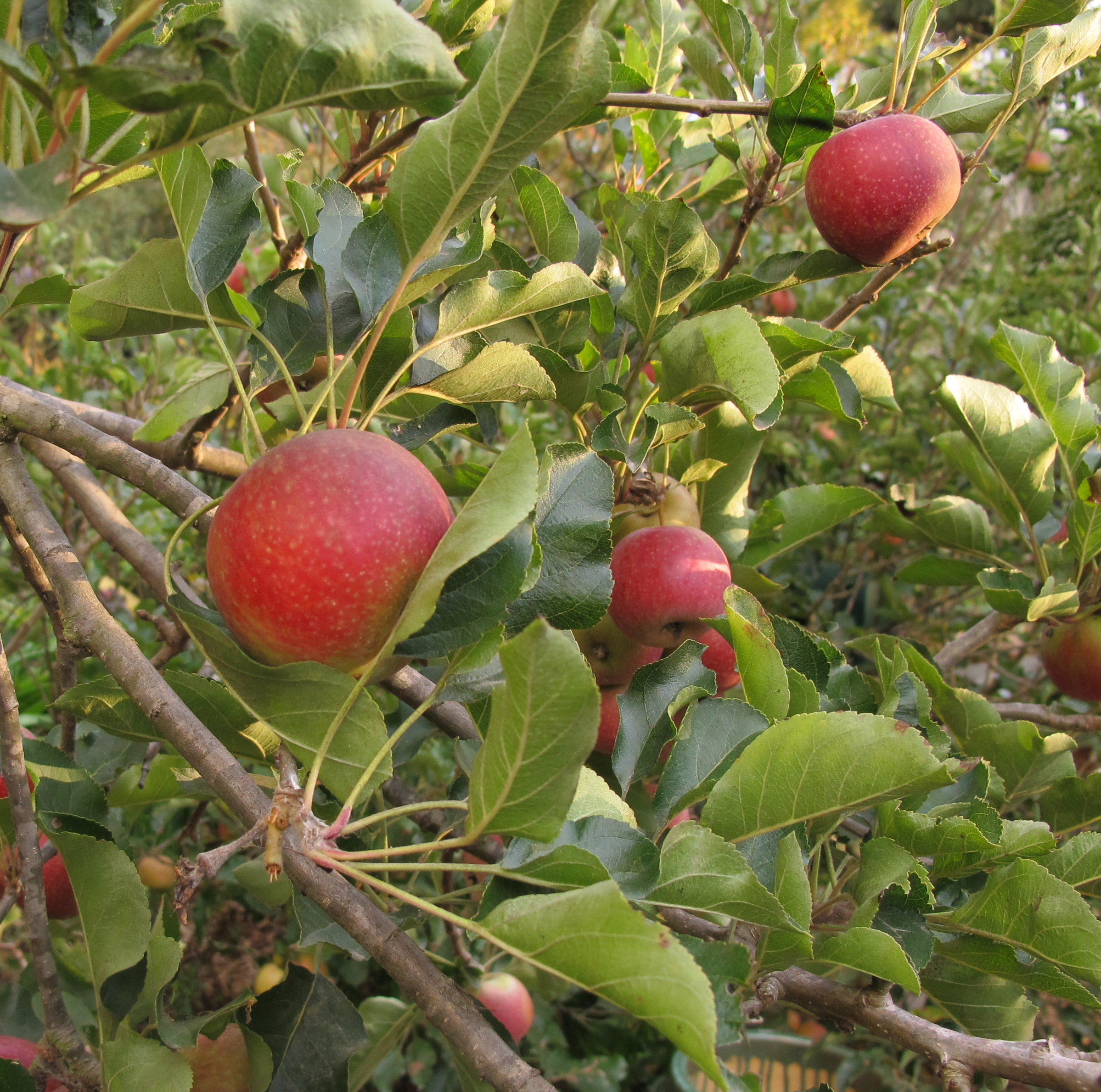
Bare root fruit trees in the nursery
January is when bare root fruit trees arrive in nurseries – and your best time to shop for them.
What is a bare-root fruit tree? It is a young tree grown in the ground, dug up in late fall, and its roots cleaned of all the dirt. Next, the trees are carefully packaged to keep the now “bare” roots moist en route to your local nursery.
Because bare root trees are dormant, they travel well and transplant easily. Because they don’t carry the weight of soil, shipping costs are lower than the cost of shipping potted plants.
Not all fruit trees are sold bare root – only deciduous fruit trees, those that lose their leaves in fall and winter.
Among the many kinds of bare roots, are the grafted trees – peaches, plums, nectarines, almonds (yes, almonds are stone fruits!), and other stone fruits, along with apples, pears, and Asian pears.

Grafted Fruit Trees are the “fusion” of two different trees.
>>Watch this video to see the parts of a grafted, bare root fruit tree.<<<
You’ll also find bare root fruit trees that aren’t grafted, like pomegranate and fig, as well as grapes, hops, strawberries, blueberries, and others.
It’s such a great time to be planting. Make a plan, decide which fruits you like and which rootstocks are best suited to your garden. Then head down to your nearest independent nursery.
PS My favorite apple tree is the Sundowner apple. What’s yours?

Sundowner is tart, sweet, and crisp. Great for cooking and for eating right off the tree!





